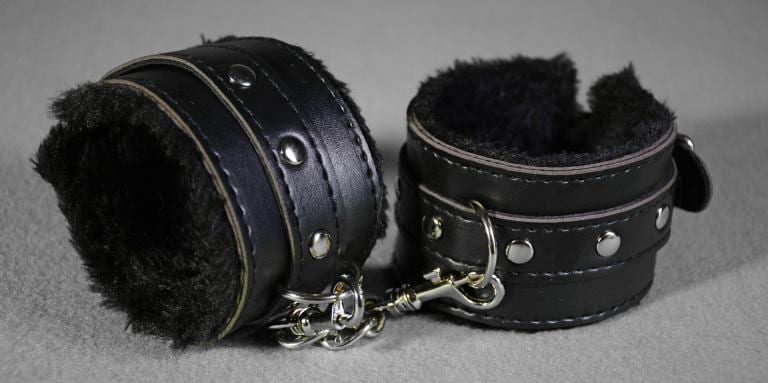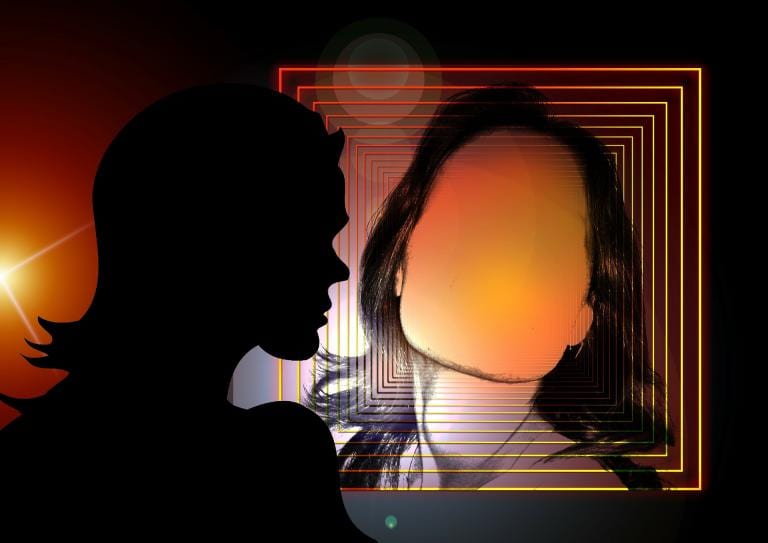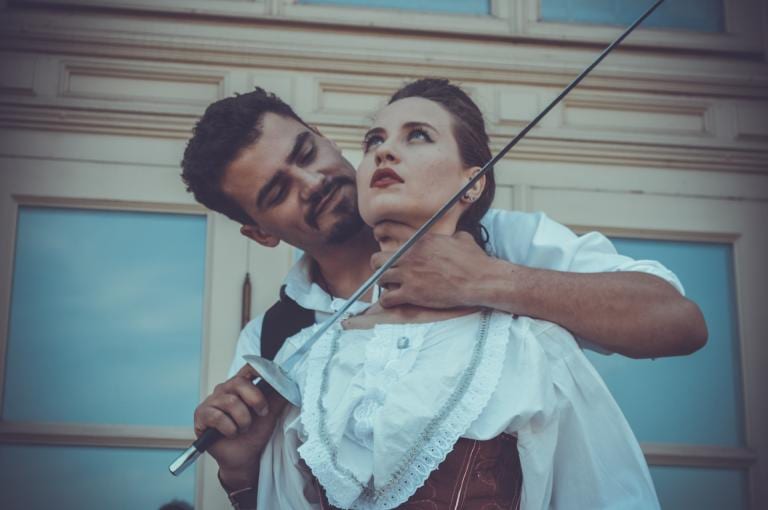My first real sexual education came from my grade six, seven, eight teacher. Obviously, we did the usual grade five introduction to human bodies and the facts of puberty. In our little corner of the greater Toronto area, this involved a couple of anatomically questionable felt figures named Bernie and Bernice. They went through puberty by having really unconvincing breasts and testicles velcroed onto them. But the first time that we talked about sex in school it was with Mrs. Geh.
Our sex ed class started with Mrs. Geh making all of us scream “sex” at the top of our lungs. She insisted that it had to be loud enough that the nearby classes would hear. And only when we had all finished with the giggling and the blushing did we proceed to talk about sexuality.
I had no way of realizing, at the time, how abnormal our sex ed was. It wasn’t just the headline-grabbing ice-breaker that was weird: it was also weird that we talked about sex as something with a moral dimension. Mrs. Geh was a feminist, and our sexual education involved the idea that sex was great, and wonderful, but also it was something that required emotional maturity. We were taught to recognize messages from our society that told girls that they had to be sex objects – we were taught that we had dignity, and that we could say “no” to those messages, and we could say “no” to the boys, and woe to any boy in Mrs. Geh’s class who did not fully understand what it meant when a girl said no.
I got my first indication that this was atypical when Mrs. Geh went away for a week on a trip with the grade eights, and all of her younger students were made to go and hang out in a more normal class for a week. We didn’t make it – after the first day and a half someone managed to convince the teacher that Mrs. Geh had given us permission to just do our work in the library and we basically supervised and taught each other until our teacher came back. But in that day and a half we got to be present for “guidance.” I think the guidance class might have been what did us in.
First there was question box: kids were allowed to drop in a question, any question they liked, anonymously. One of the questions was a lurid, borderline pornographic description of a sexual assault supposedly written by a girl who was asking for advice, but obviously actually written by one of the boys.
Then there was an assignment where everyone was supposed to draw their ideal locker. None of us could understand what this had to do with guidance, but then one of the kids showed his picture and his ideal locker had scantily clad women with cartoonishly large breasts popping out of it, offering themselves. Nothing was said. No guidance was offered. The responsible adult in the room looked vaguely uncomfortable, and the class moved on.
It didn’t occur to me until much later that Mrs. Geh’s sex ed was unusual, and that the so-called guidance class was normal.
I was confused by the fact that so many of the girls I went to high-school with started having sex with guys when they were thirteen – encounters that were, more often than not, whispered about in shame at slumber parties. That so much high-school sexuality seemed to involve the use of drugs, alcohol and various forms of coercion – I’ll note here that these methods were used by both the guys and the girls, though the guys used them more often. I was surprised that in my ill-fated attempts at dating men, the guys didn’t just take is as natural, normal and perfectly within my rights for me to say “no” to sex, and mean “no, not tonight, and not for the rest of this relationship either. No, not even if your parents are away. No not even if we’ve been drinking.”
At the same time, my sexual ethics were extremely liberal. I remember once having an argument with my politics teacher concerning the ethics of incest – I argued that if a brother and sister both wanted it, and they were consenting adults, and they used protection there as nothing immoral about it. I was in favour of open relationships. Indeed, my relationship with my girlfriend was open from the beginning, and we both nearly always had boys on the side. We didn’t have sex with them. We dated them. We had sex with each other. As far as I was concerned, there was no problem with this arrangement provided everyone was honest with everyone else about the fact that exclusivity was not involved.
It wasn’t until I got to university that I started realizing that something was amiss. During frosh week we had a talk that most people attended called “Sex with Sue.” This talk brought into sharp relief something that had bothered me about all of the sexual education that I had ever received outside of Mrs. Geh’s class. There was no moral dimension. No existential dimension. In Sue’s account, sex was pure technique. It existed in a void, divorced from our humanity. Meaningless. Fun. It was basically a consumer good that we produced with our bodies, and she was there to tell us how we could produce it better and more safely.
There was no talk about consent. No talk about emotional readiness. No talk about people as people. Just anatomical facts and lots of free condoms.
This bugged the hell out of me. First, because I knew that wasn’t how sex worked. I could see that all kinds of people around me were getting hurt because they had been taught that sex would not have emotional consequences. They had been taught that we had liberated sex from the old moralizing schemes, and now it could be enjoyed without guilt. I could see that mostly this meant people hurt each other and didn’t feel guilty about it. I knew this because I had hurt people that way – thinking that so long as everything was rubber stamped with the sign of consent, we could be free of psychological entanglements. That we could just choose not to feel anything afterwards. And that if the other person felt something, that was because something was wrong with them. By the time I left highschool, I realized that was bullshit.
Secondly, this reduction of sex to a set of physical mechanics, techniques of pleasure and risk-avoidance strategies for STIs seemed increasingly crass. It was like if you went to an art class, and what they taught you was how to make a paint-by-numbers Mona Lisa. No style. No expression. No creativity. The best, the very best, that this sexual philosophy could produce was the erotic equivalent of second-rate kitsch.
[These posts are adapted from a talk I gave in Spartanburg last month. If you would like to have me speak at your event you can contact me at [email protected] or view my Catholic Speakers Organization profile here.]
Image credit: pixabay
Stay in touch! Like Catholic Authenticity on Facebook:












